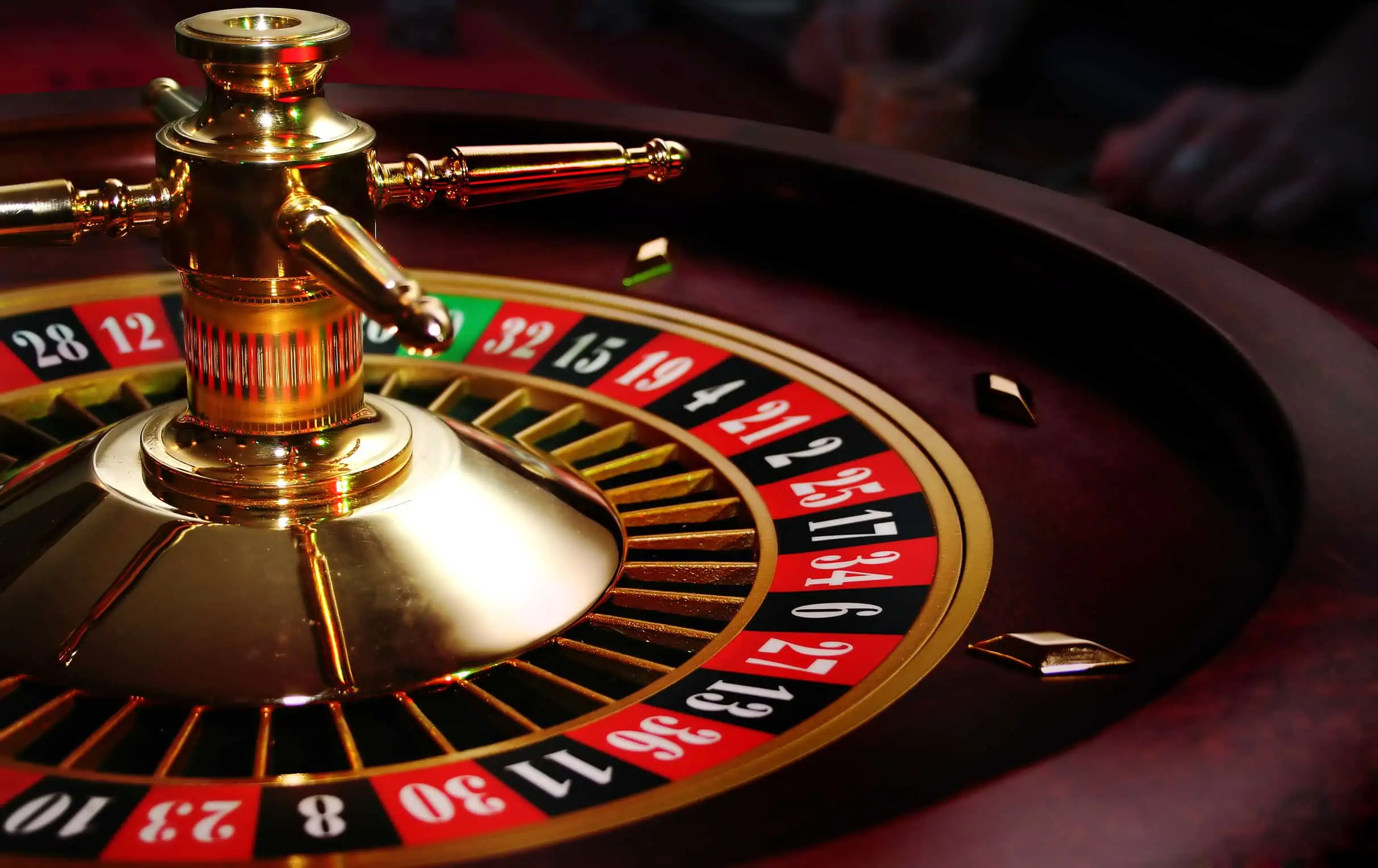Inside Look: The Process of Casino Games Created

Behind these glittering lights plus the alluring sounds of spinning reels lies an vibrant realm in which creativity meets numbers: the making of casino games. As players flock to gaming establishments seeking excitement plus the possibility of striking it rich big, a huge amount of effort takes place behind the scenes to create the games for their enjoyment. From the starting concept to the ultimate product that players interact with, many elements are brought together to ensure an captivating gaming experience.
Creators, engineers, plus game developers work together to combine cutting-edge technology with enthralling gameplay features. Each aspect, from visuals and audio elements to probabilities plus returns, is meticulously designed to attract players and keep them entertained. Understanding this complex process of the way casino games are made reveals not only the technical expertise involved but also the artistic vision that transforms these immersive experiences to life.
Game Design Process
The design process starts with idea generation and conceptualization, where creators generate concepts for innovative casino games. This initial phase often involves pinpointing target audiences and analyzing market trends. Designers consider elements such as game mechanics, themes, and payout structures to develop an engaging experience. Collaboration between game designers, mathematicians, and artists is crucial to ensure a balanced concept.
Once a design is chosen, the next stage involves prototyping and testing. Designers create a functional version of the game to assess its playability and mechanics. https://broadgateinfo.net/ This facilitates adjustments and refinements based on feedback from testers. Reiteration is key, as designers may go through multiple rounds of evaluations to optimize gameplay balance and user experience. This stage is crucial for identifying any possible issues before the game goes into production.
After testing, the game moves into the development phase and production. This comprises the technical aspects of coding the game software, integrating graphics, and ensuring compliance with gaming regulations. Quality assurance testing verifies that the game functions seamlessly across various platforms and devices. Once everything is refined, the game is prepared for launch, often accompanied by marketing strategies to draw in players and generate excitement around the new casino offering.
Tech and Development
The evolution of gambling games has transformed significantly with advancements in tech. Contemporary game design often features high-quality graphics, engaging sound effects, and engaging animations that deliver a captivating experience for gamers. Game developers use advanced software tools and programming languages to develop these immersive gaming experiences. Additionally, the use of random number generators ensures equity and unpredictability in outcomes, which is important for ensuring player trust and compliance with gaming regulations.
In the past few years, the surge of online casinos has pushed the boundaries of game development even further. Developers are now able to create games that appeal to a worldwide audience, incorporating features such as live dealer options and VR environments. This shift has encouraged innovation, leading to novel game mechanics and formats that enhance player engagement. Gaming on mobile devices has also become a key focus, encouraging developers to optimize games for mobile phones and tablets, ensuring accessibility and convenience for players on the go.
Cooperation among creators, artists, and math experts is crucial in the creation process. Each team brings their expertise to ensure games are not only visually appealing but also mathematically sound and enjoyable. The integration of player feedback during testing phases allows developers to refine game features and functionalities, ultimately leading to a successful launch. As technology continues to advance, the potential for innovative game concepts and experiences is unbounded, promising an exciting future for casino games.
Testing and Quality Control
Once a casino game has been developed, it moves into the critical phase of evaluation and quality control. This phase ensures that the game operates flawlessly and provides a just experience for players. Teams conduct comprehensive tests, including functionality checks to confirm that all game features work as expected. Each component, from graphics to sound effects, is assessed to ensure quality benchmarks are met.
In addition to operational testing, the game entails rigorous compliance checks to meet compliance requirements. sin88 Various jurisdictions have specific regulations governing game fairness and player protection. Quality assurance teams will check that the random number generators are functioning correctly and that the game's payout percentages correspond with industry standards. This detailed examination helps establish trust with users and oversight bodies alike.
Finally, user testing may be conducted with actual users to gather feedback on user experience. This invaluable insight allows developers to execute necessary adjustments before the public launch. Resolving any possible issues noted during this phase helps ensure that users will have a seamless, engaging experience when the game goes live. The commitment to excellence reflects the industry's dedication to delivering pleasant and reliable casino games.
